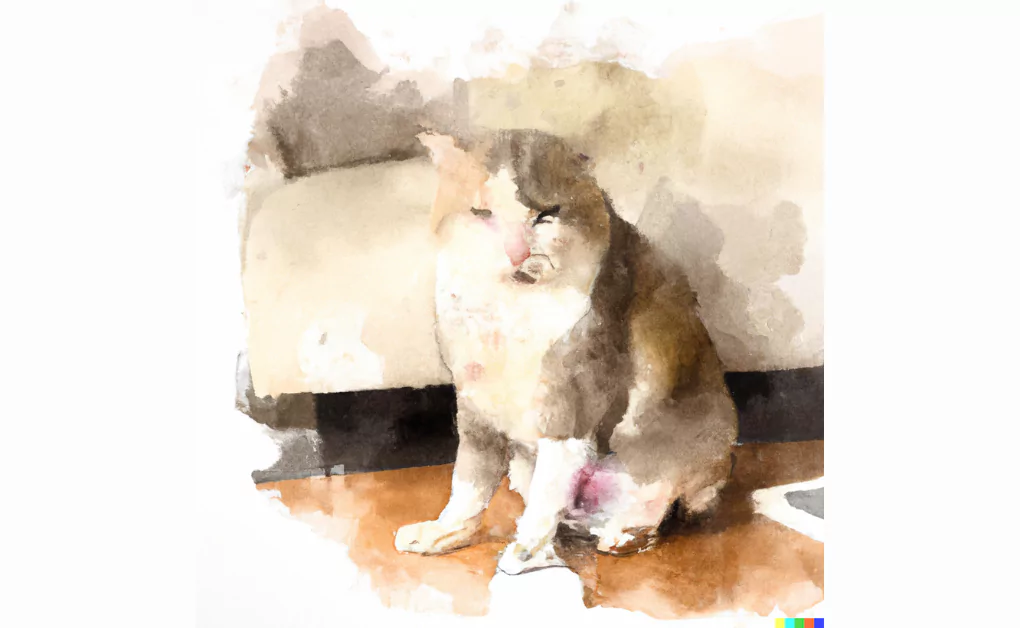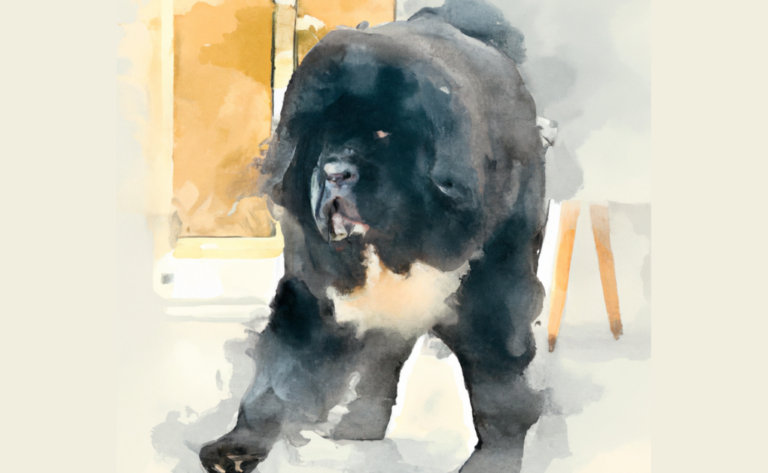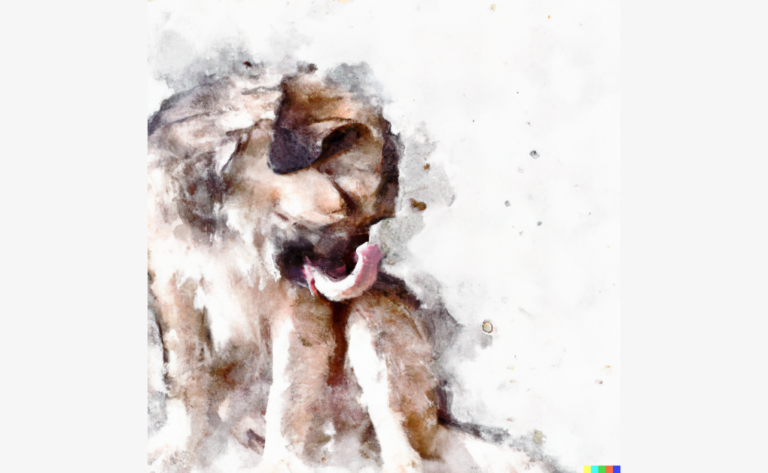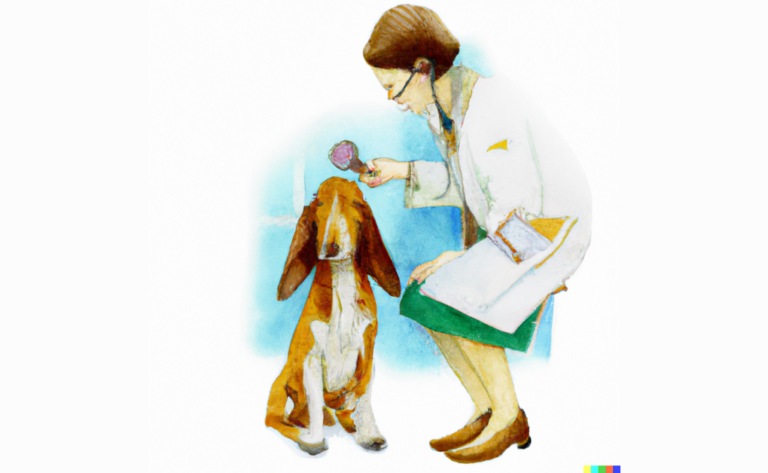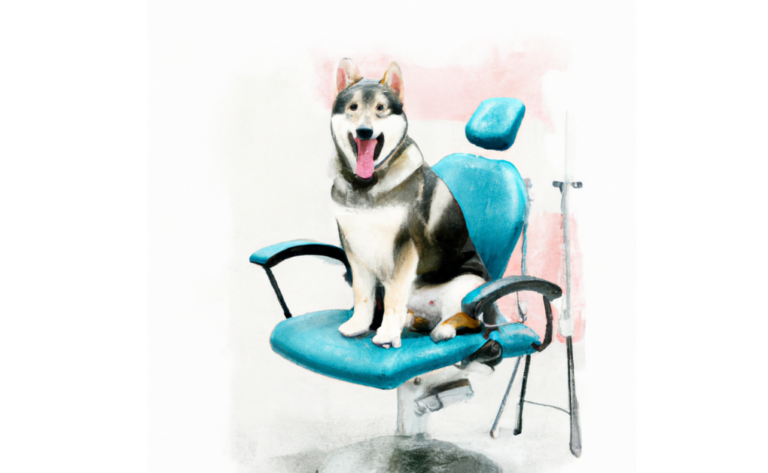Everything By No Means Needed to Learn About Cat Urine
Introduction
Carla stared in bewilderment at the peculiar yellow stain on her couch, left by her feline companion, Whiskers. As she meticulously tried to clean the mess, her curiosity was piqued, leading her to ponder about the mysterious world of cat urine.
Ever found yourself stumped by the bathroom routines of your feline companion? Or perhaps you have been taken aback by the powerful scent of your little fur buddy’s litterbox? If so, you’ve landed in just the right place. This article delves into an often-ignored aspect of feline health: cat urine. Though it may not be the most appealing subject, grasping the nature of your cat’s urine can give you crucial insights into their health status and assist in preventing or detecting potential health problems.
In this blog post, we embark on an enlightening exploration, decoding the mysteries within those tiny puddles in your cat’s litterbox. We’ll walk you through everything from the composition to the color, odor, and frequency of normal cat urine. We will also address what constitutes abnormal urine and what it could mean if your cat is urinating more or less than usual.
And for the practical side of things, we’ll touch on cleaning cat pee to maintain a fresh environment for you and your pet. By the end of this post, we guarantee a newfound appreciation for this seemingly mundane aspect of your feline’s biology, equipping you with the knowledge to ensure your urinary health. So gear up and pay
Many Cats Suffer from Urinary Tract Issues
Urinary tract issues are common in cats and are often closely linked with the characteristics of their urine. Changes in the frequency, color, odor, or consistency of your cat’s urine can indicate a urinary tract problem. These issues range from mild infections to severe conditions like urinary stones or life-threatening blockages.
Urinary tract disease in cats can occur in any part of the system, including the kidneys, the bladder, the ureters, or the urethra, but the most common site of infection is the bladder. 1.5% of cats in the US suffer from this disorder at any given time. This is typically caused by bacteria that enter the urinary tract and proliferate in the bladder, leading to inflammation and discomfort. Cats with bladder infections may strain to urinate, produce small amounts of urine frequently, and their urine may have a strong odor or appear bloody.
Another common issue is feline lower urinary tract disease (FLUTD), which encompasses several conditions affecting the bladder and urethra. These include urinary stones, urethral plugs, inflammation, and stress-induced cystitis. Cats with FLUTD may exhibit signs similar to a bladder infection but also excessively lick their genital area or become lethargic.
Furthermore, cats are prone to forming urinary crystals and stones due to their unique urine concentration process. While helpful for water conservation – a trait inherited from their desert-dwelling ancestors – it does predispose them to form these crystals and stones. These can cause severe pain and can lead to a blocked urethra, particularly in male cats, preventing urination, which is a veterinary emergency.
Understanding your cat’s urine can be crucial in identifying and managing urinary tract issues. Regularly monitoring your cat’s litter box habits and being aware of any changes can lead to early detection and treatment, improving the chances of a favorable outcome.
Feline Urinary Tract Disease is One of the Most Prominent Frustrations Veterinarians Face
One of the most formidable challenges in veterinary medicine is urinary tract disease in cats. This primarily stems from the intricate and complex nature of the urinary system, the myriad of elements that can contribute to disease and the often subtle and vague symptoms that cats display.
Due to its complexity, the delicate feline urinary system, including the cat’s bladder wall, is prone to many diseases and conditions. Feline lower urinary tract disease (FLUTD), for instance, encompasses several conditions such as urinary stones, bladder infections, urethral obstructions, and idiopathic cystitis. These interconnected conditions each demand distinct diagnostic and treatment approaches, further amplifying the complexity and challenges veterinarians face.
Numerous factors, including the cat’s diet, hydration levels, stress, genetic predisposition, and even uric acid levels, can impact the onset of urinary tract diseases in cats. Moreover, lifestyle attributes, such as the cat’s level of physical activity and whether the cat is an indoor or outdoor pet, can also influence the cat’s health, from the volume and frequency of urination to more serious conditions. The multifaceted nature of these contributing causes can make it challenging for veterinarians to identify the exact root cause and thus devise the most effective treatment for each cat.
Cats are famously stoic, often masking their discomfort until their condition is far advanced, adding another layer to the puzzle. Symptoms can also be misleading or easily confused with other conditions, leading to causes of abnormal urine that may indicate a range of diseases from diabetes and kidney disease to urinary tract issues. For example, increased urination or a color change may hint at multiple potential issues. This makes it challenging for veterinarians to parse these overlapping signs to make an accurate diagnosis.
Given these complexities, it’s essential to know the signs to look out for and how to help your cat, especially under varying conditions such as heat and humidity, which can influence urinary health. After all, every cat is unique, and even subtle changes, such as urinating outside the litterbox, can indicate a problem that needs attention.

Always Check for Medical Reasons Behind Inappropriate Urination FIRST
Before attributing inappropriate urination to behavioral issues in cats, it’s crucial first to rule out any underlying medical problems. Certain health issues, including urinary tract infections, kidney disease, diabetes, hyperthyroidism, or arthritis, can change urination behavior. These issues can cause increased urination, discomfort while urinating, or difficulty getting into the litter box, which may result in your cat urinating outside,
For instance, a cat suffering from a urinary tract infection may associate the litter box with the pain of urinating and seek out softer, cooler surfaces such as tile, bathtub, or even your laundry basket. Alternatively, a cat with arthritis might find it painful to climb into a high-sided litter box and, thus, opt to eliminate it elsewhere.
Likewise, cats with kidney disease or diabetes often experience increased thirst and urination. They may only sometimes make it to the litter box in time or choose a closer, more convenient spot to urinate.
Therefore, if your cat starts showing signs of inappropriate urination, it is essential to consult with a veterinarian as soon as possible. They will likely perform a series of tests, including a urinalysis, blood tests, and possibly imaging like X-rays or ultrasound, to identify if there is a medical reason behind the change in your cat’s behavior. Addressing any underlying health issues is the first step to resolving inappropriate urination. If no medical issue is found, then behavioral causes can be explored.
What Should Cat Urine Look Like?
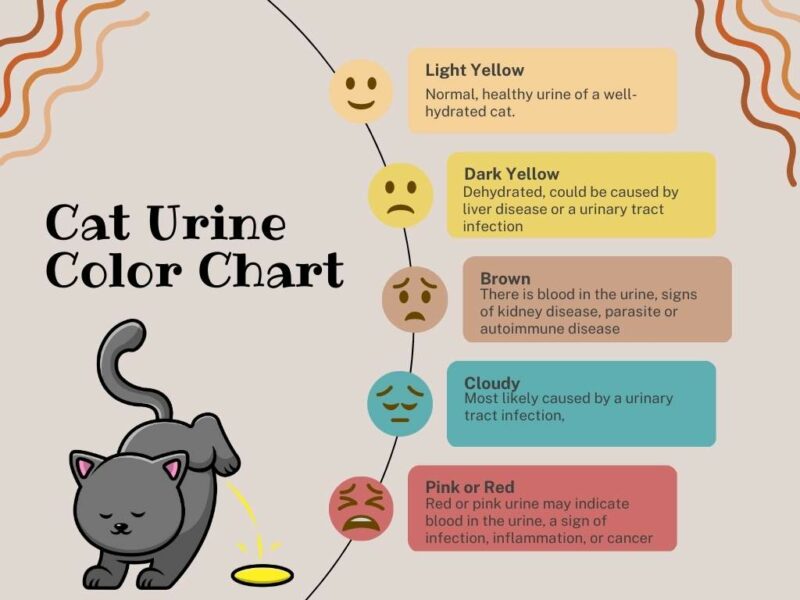
Healthy cat urine can vary somewhat in appearance, but generally, it should be clear or a light to medium shade of yellow, similar to the color of straw. The urine should appear light and concentrated, as that could indicate dehydration or other health problems. On the other hand, if the urine is colorless, it could be a sign that your cat is drinking too much water, which could be a symptom of several medical conditions.
In addition to color, consistency is another aspect to observe. Cat urine should be liquid and contain no noticeable debris or sediment. If the urine appears cloudy, contains blood (making it pink or red), or has any strong or unusual odor, these could be signs of health issues such as urinary tract infections, bladder stones, or kidney disease.
Remember, any changes in your cat’s urine color, consistency, frequency, or volume could indicate health problems and should be brought to the attention of a veterinarian. It’s important to monitor your cat’s litter box habits and consult your vet if anything seems unusual or concerning.
Recognizing Unhealthy Cat Urine
Recognizing unhealthy cat urine involves being aware of changes in its appearance, odor, and frequency or behavior of your cat’s urination.
- Color and Clarity: Healthy cat urine should be clear or a light to medium shade of yellow. If it’s unusually dark, this could indicate dehydration or other problems. Conversely, colorless urine could suggest your cat drinks excessive amounts of water, indicating certain diseases. If the urine is cloudy or discolored (like red, pink, orange, or brown), it could signify blood in the urine (hematuria), a symptom of serious conditions like urinary tract infections (UTIs), bladder stones, or kidney disease.
- Odor: While cat urine naturally has a somewhat strong, ammonia-like smell, an unusually foul or pungent odor might indicate a urinary tract infection or other health problems.
- Frequency: If your cat visits the litter box more often than usual or seems to be producing more urine, it could be a sign of a medical issue, such as a UTI or diabetes. Conversely, producing less urine than usual or showing signs of straining or discomfort during urination is also a cause for concern.
- Behavior: Cats with urinary issues might start urinating outside their litter box. This could be due to discomfort associated with the litter box, or it could be a way for your cat to signal that something is wrong.
If you notice any of these signs, it’s important to take your cat to the vet promptly. Early detection and treatment can help prevent serious complications and ensure your cat’s well-being.
How to Deal with a Cat Who Urinates Inappropriately
Dealing with a cat who urinates inappropriately can be an understandably difficult situation. About 10% of cats will have accidents outside their litter boxes at some point.
Inappropriate urination in cats can be a complex issue, and there are several strategies that you can use to deal with this behavior:
- Medical Check: Start with a vet check to rule out health problems. Urinary tract infections, bladder stones, diabetes, kidney disease, or even arthritis (making it painful for the cat to climb in and out of the box) are common health issues that can lead to inappropriate urination. To diagnose these conditions, the vet may conduct a urine analysis, blood tests, or even an ultrasound or x-ray. Appropriate treatment (medication, dietary changes, or surgery) should resolve inappropriate urination if a medical issue is identified.
- Litter Box Assessment: Ensure your cat’s litter box is clean and inviting. Some cats are picky about the cleanliness of their litter box and only use it if it’s clean. Scoop the box daily and change the litter regularly. The litter box should be easily accessible and placed in a quiet, low-traffic area where your cat won’t be disturbed. You might need to experiment with different types of litter, as some cats prefer certain kinds. The box should be large enough for your cat to move around comfortably, and there should be enough boxes for all cats in the household (the general rule is one per cat, plus one extra).
- Behavioral Analysis: If your cat has been given a clean bill of health, consider behavioral reasons. Changes in the household, such as adding a new pet or baby, moving furniture, or changing your work schedule, can cause stress and result in inappropriate urination. Also, issues between cats in multi-cat households can lead to urination outside the litter box. In these cases, identifying and addressing the source of stress is key. This might mean creating separate spaces for pets, giving your cat extra attention, or maintaining a stable routine to reassure your cat.
- Clean Up: Clean up is essential to prevent your cat from returning to the same spot to urinate. Regular cleaning products often can’t completely remove the smell of cat urine. Use an enzymatic cleaner specifically designed for pet urine, which breaks down the urine at a molecular level to eliminate the odor. Remember to follow the instructions on the bottle for the most effective cleaning.
- Positive Reinforcement: Positive reinforcement can be highly effective in encouraging your cat to use the litter box. Offer treats, praise, or a favorite toy whenever you see your cat using the box correctly. This helps create a positive association with the litter box.
- Feliway or Similar Products: Feliway or similar products mimic the feline facial pheromone cats use to mark their territory as safe. A Feliway diffuser can help create a reassuring environment and reduce stress-related urination problems.
- Professional Help: If, despite your best efforts, your cat continues to urinate inappropriately, consider seeking the help of a professional. A veterinary behaviorist has specialized training in managing behavior problems in pets and can provide tailored strategies for your situation.
Remember, punishment is ineffective and can worsen the problem by increasing your cat’s stress levels. Patience, understanding, and a consistent approach are key to resolving inappropriate urination in cats.
Frequently Asked Questions
Disclaimer: The information provided on this veterinary website is intended for general educational purposes only and should not be considered as a substitute for professional veterinary advice, diagnosis, or treatment. Always consult a licensed veterinarian for any concerns or questions regarding the health and well-being of your pet. This website does not claim to cover every possible situation or provide exhaustive knowledge on the subjects presented. The owners and contributors of this website are not responsible for any harm or loss that may result from the use or misuse of the information provided herein.

